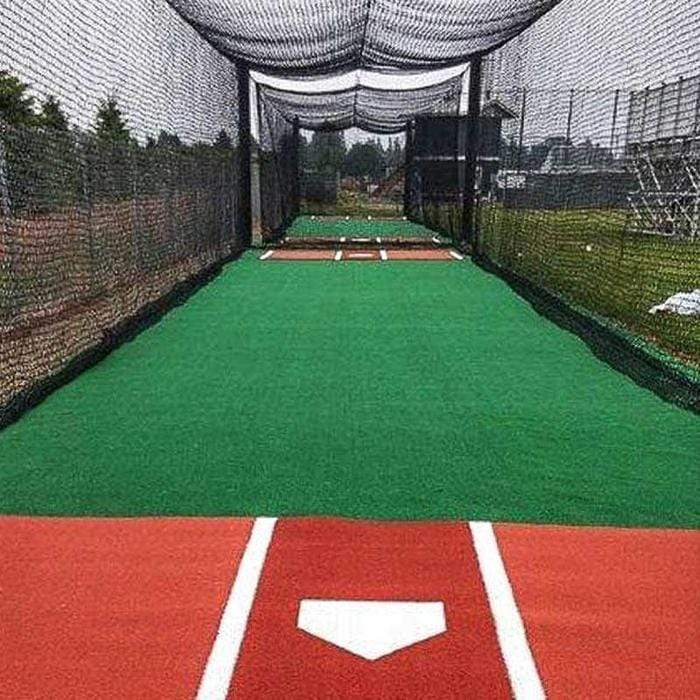Top Tips for Designing Your Home Batting Cage
Batting Cage Location
Whether your setting up a batting cage for team or personal use, before you start, you want to find a space for it. You want to find an area that is relatively flat, especially where you set the pitching machine and where the batter’s box will go.
Though, if you cannot find a flat enough surface for your batting cage, you can always level out the ground. It may take some work, and you may have to get creative about your use of space, but it will be worth it.
Also, consider that once you set up your batting cage, you will want to use sandbags or stakes to hold down the net. So, the space you choose should be big enough to allow you to not only secure the bottom of the bet but for you to get to those points with relative ease.
Batting Cage Diameters
After you find a spot large enough for your batting cage, you will want to dig 36” holes to mark where you will put your four main posts. Depending on the type of soil you have, you can do this with a post hole digger or an auger.
Before you start digging holes for the posts, you will want to determine the type of material that is best for your batting cage. This will largely depend on where you live and if you want to be able to take your batting cage down during the winter months.
Your options include:
-
Galvanized steel posts
-
4×4 wood posts
-
PVC pipe-schedule 40
-
3″ square tubing 14 gauge
Follow these steps to set up your posts:
-
Mark the 4 corners for your main posts
-
Dig 4 36” inch holes (you may want 6 for extra support)
-
Tamp Pea gravel into the hole
-
Set post in hole
-
Pour cement/ water mix into hole
-
Use support posts to level main pain

